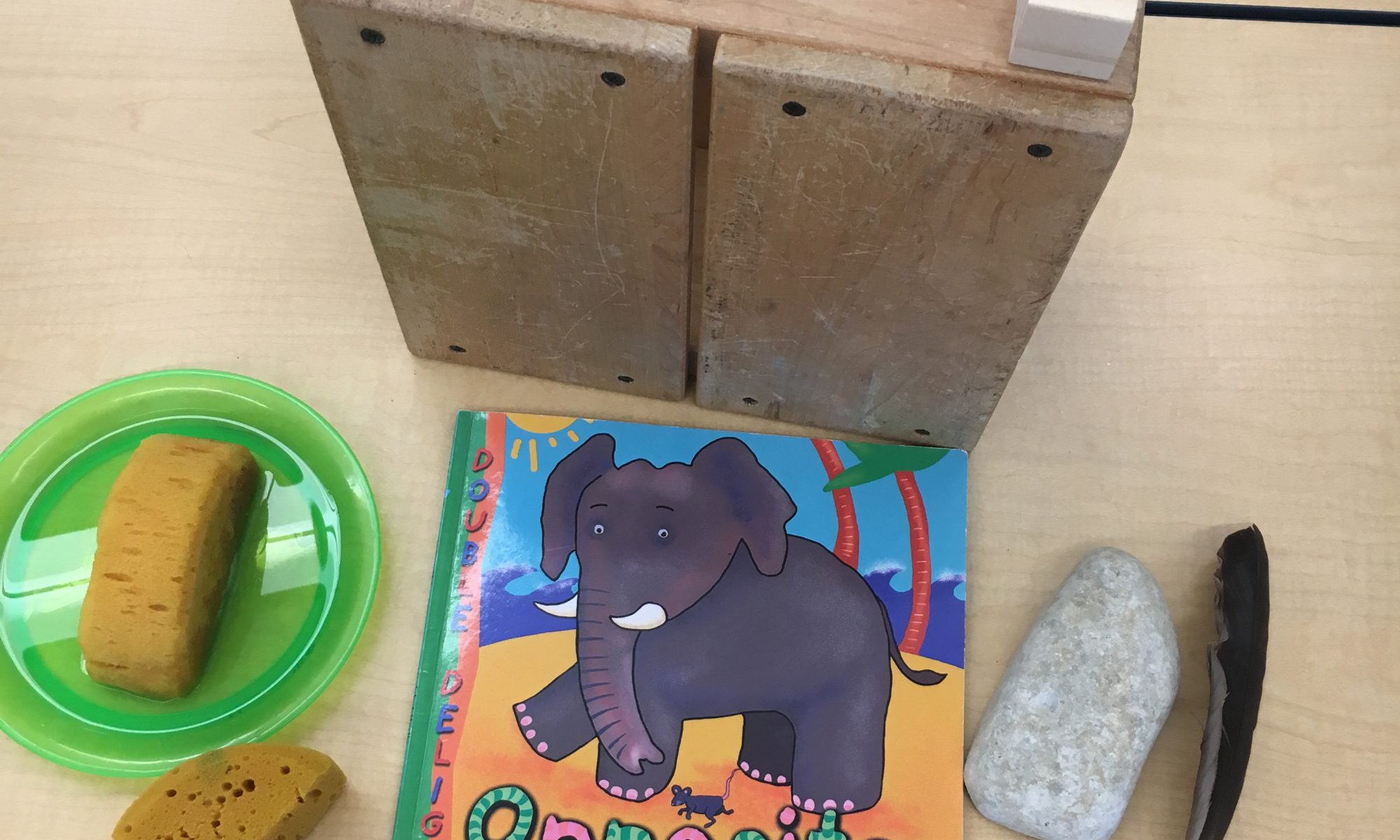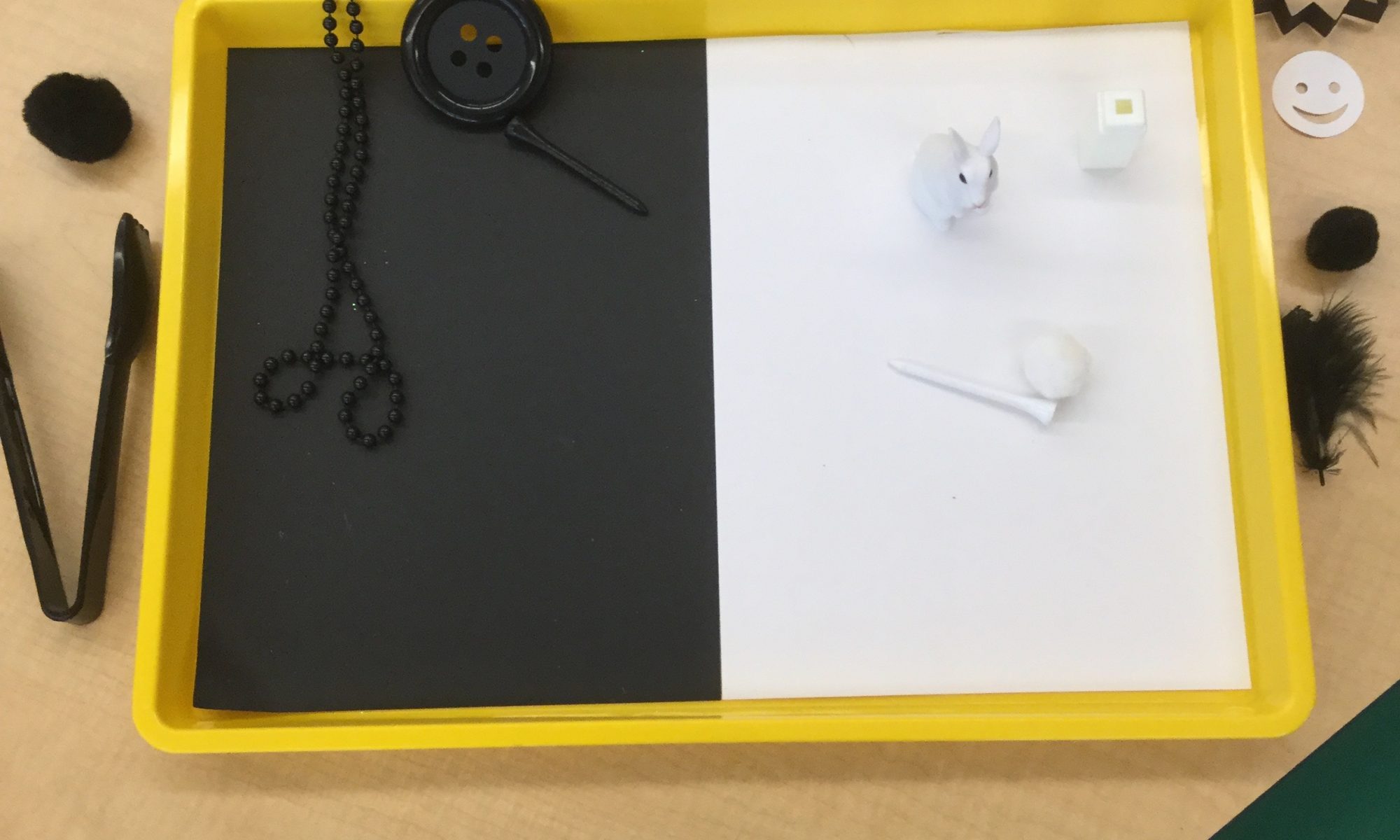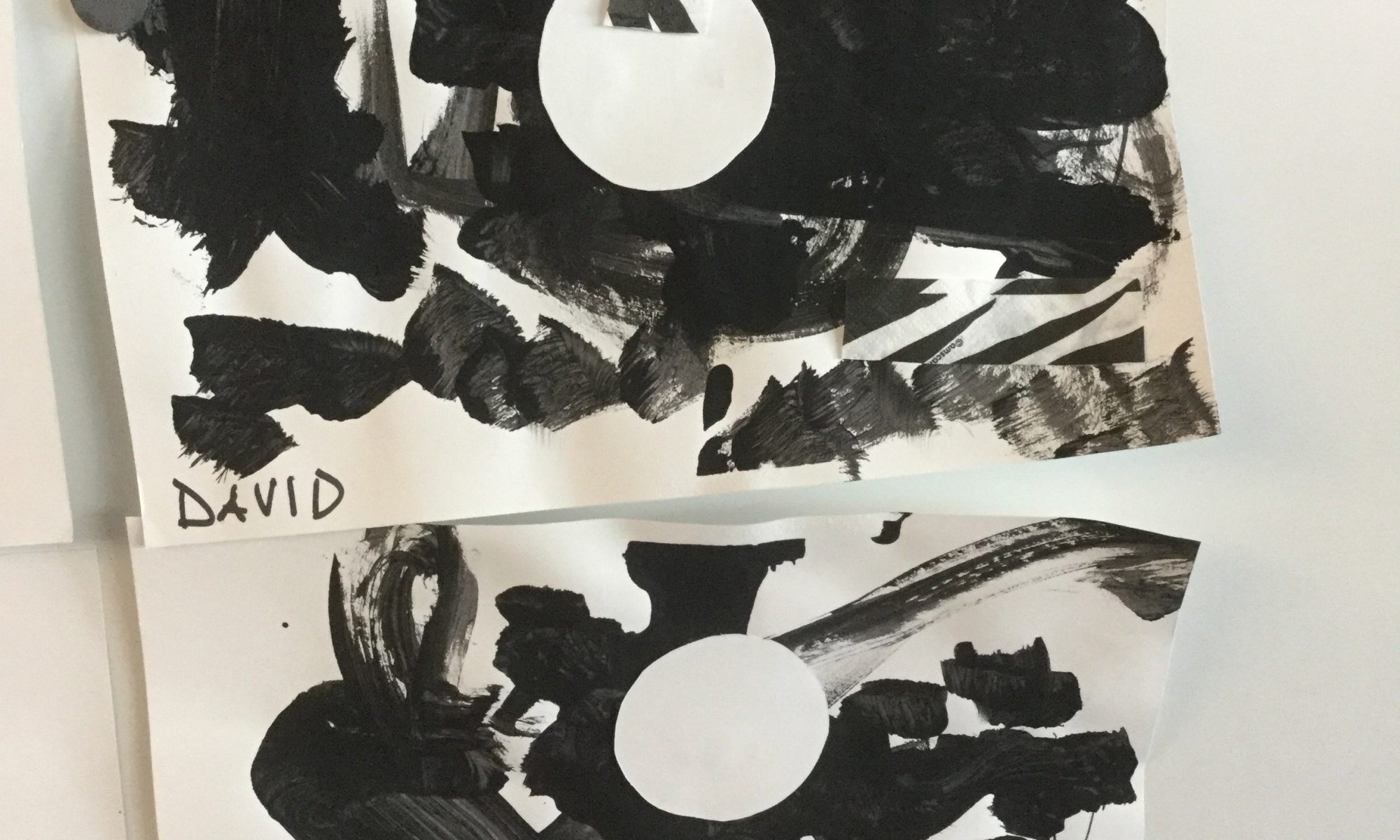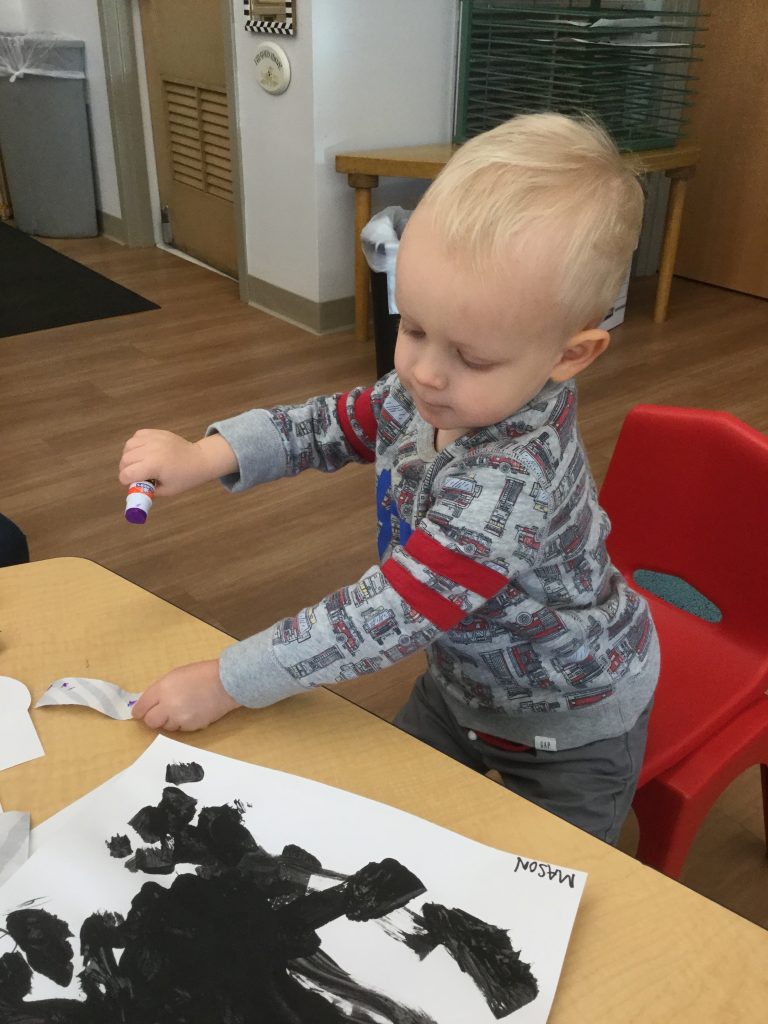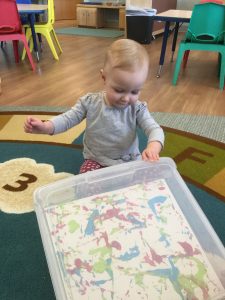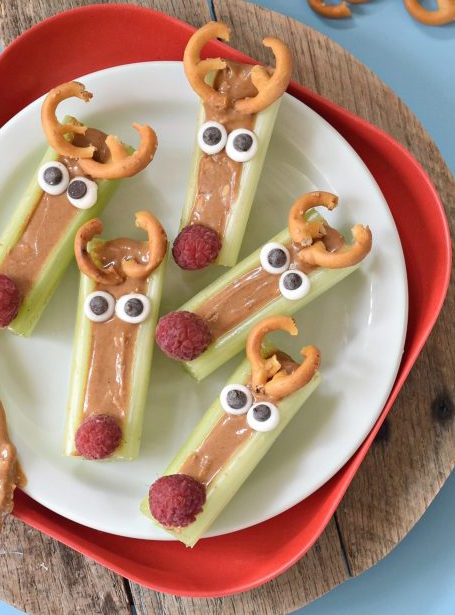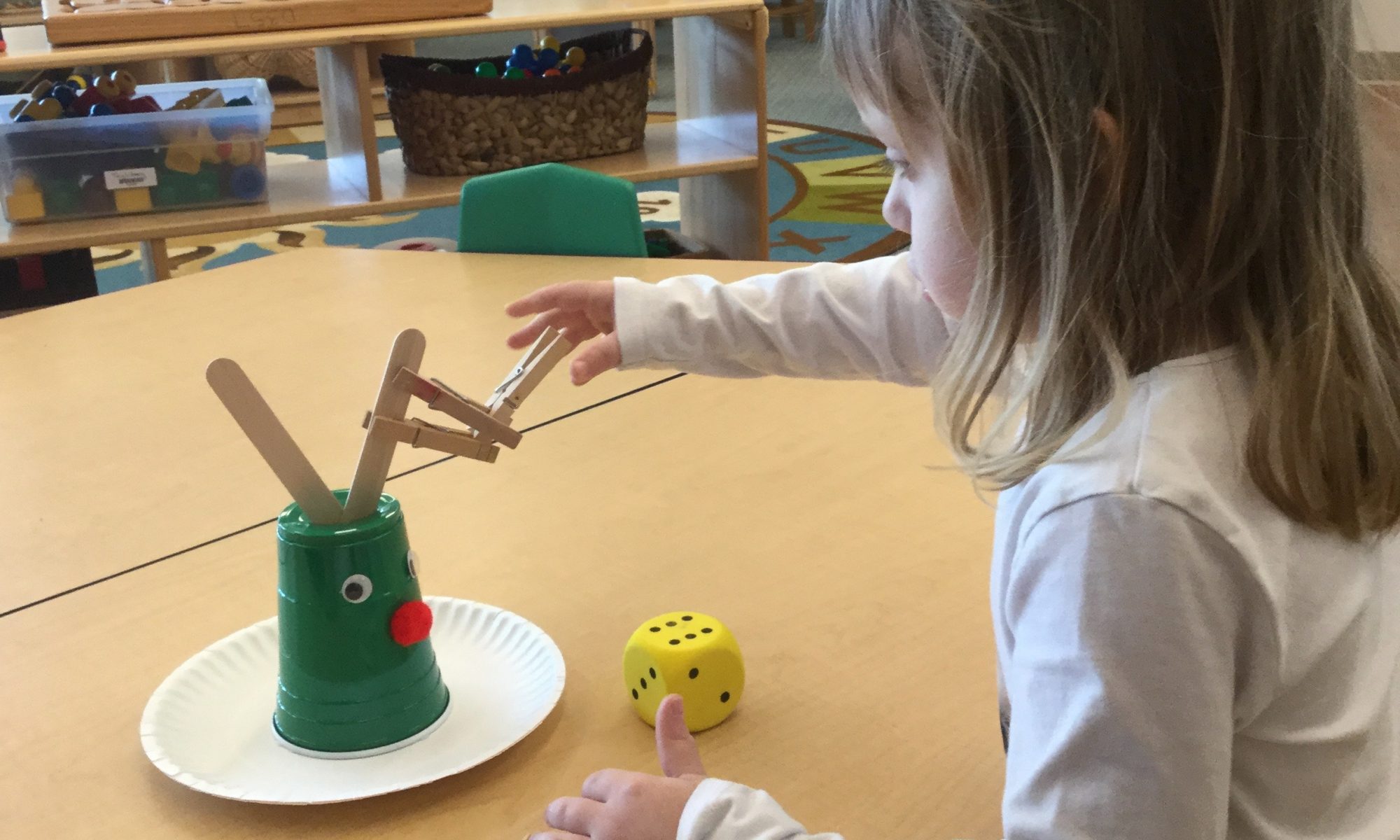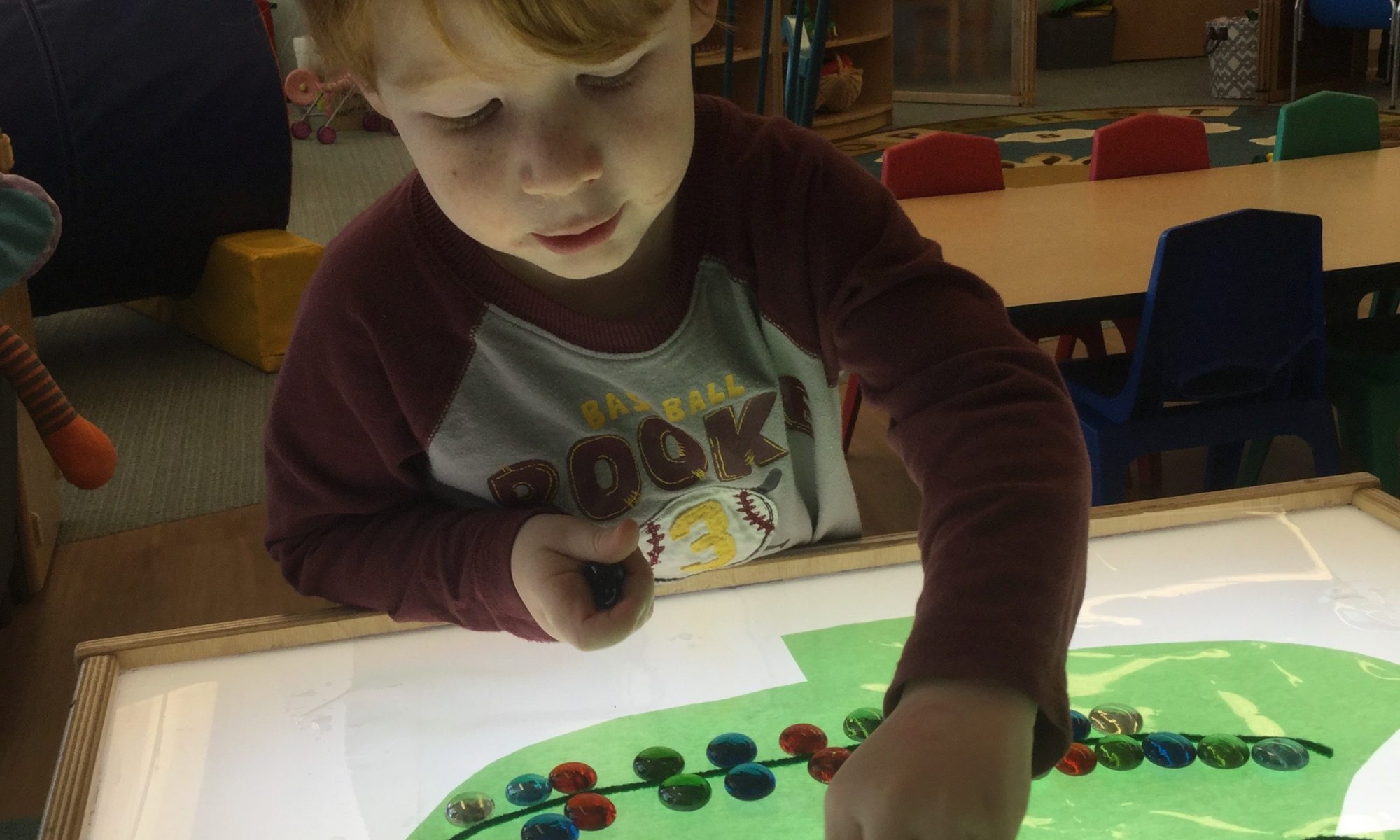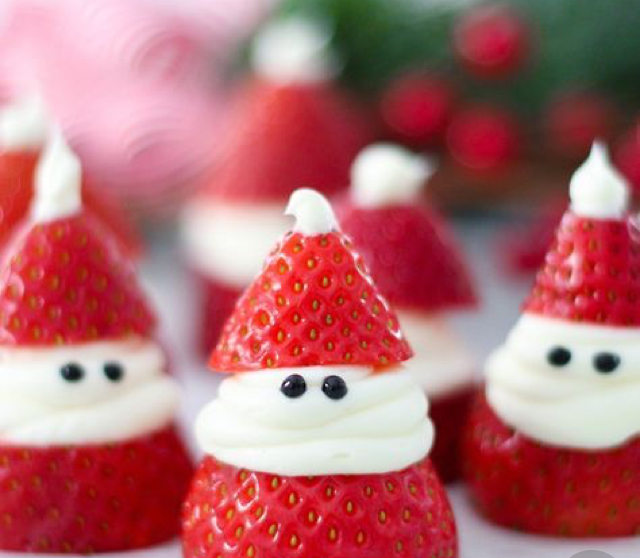Materials: A book or two about opposites for preschoolers (I’ve listed a few in the favorite books section)
Physical pairs of opposite items that children can manipulate, for example:
- A heavy rock / a feather or cotton ball
- A small block / a large block
- A wet sponge / a dry sponge
- Something black / something white
Directions: Choose an opposites book to share with your little one. Read it a couple of times. Reiterate the opposite word pairs and call them opposites. Try reading it a third or fourth time, reading a word and letting your child give you the opposite word.
There are several commercially prepared opposite cards that you can purchase from a teacher’s store, or you can make your own. Look for pictures in magazines and create your own opposites book!
Look for ways you can illustrate opposite words by demonstration. For example, walk across the room s-l-o-w-l-y. Then walk across the room as fast as you can. Slow and fast are opposites. Show your child a Ping-Pong ball, then show him a beach ball. Describe one as very little, the other as big. Big and little are opposites.
Keep on presenting opposite pairs as you think of more. And review any opposite books you may come across. Eventually, you’ll be able to say a word, and your child will be able to give you its opposite!

